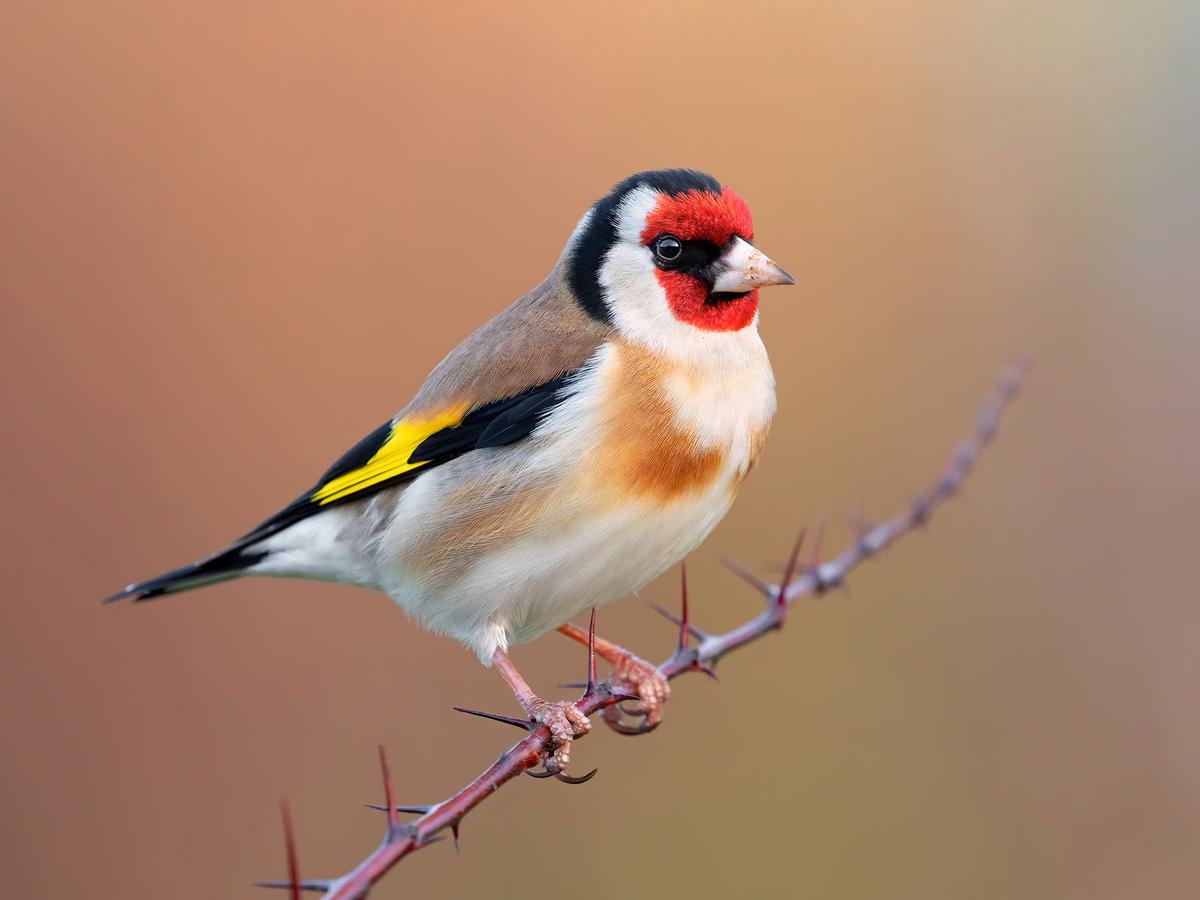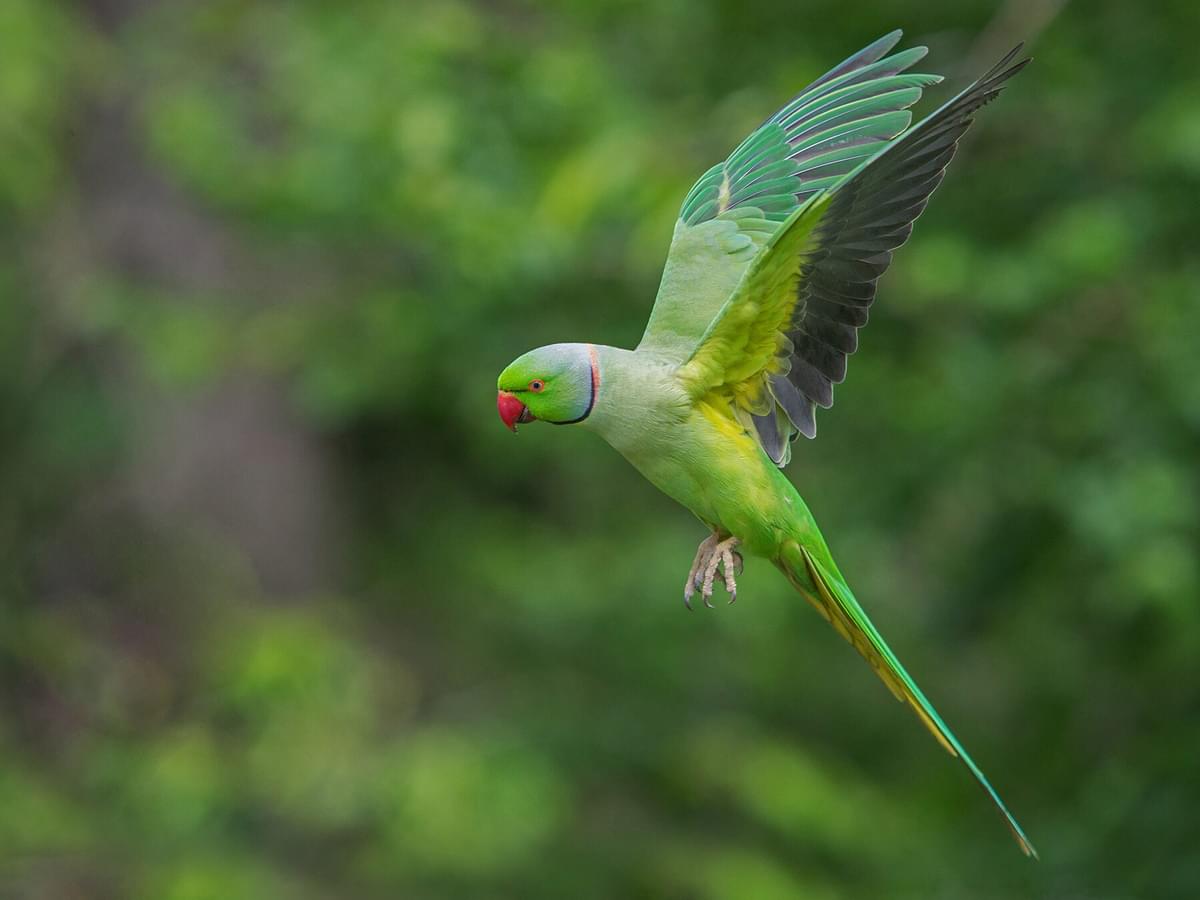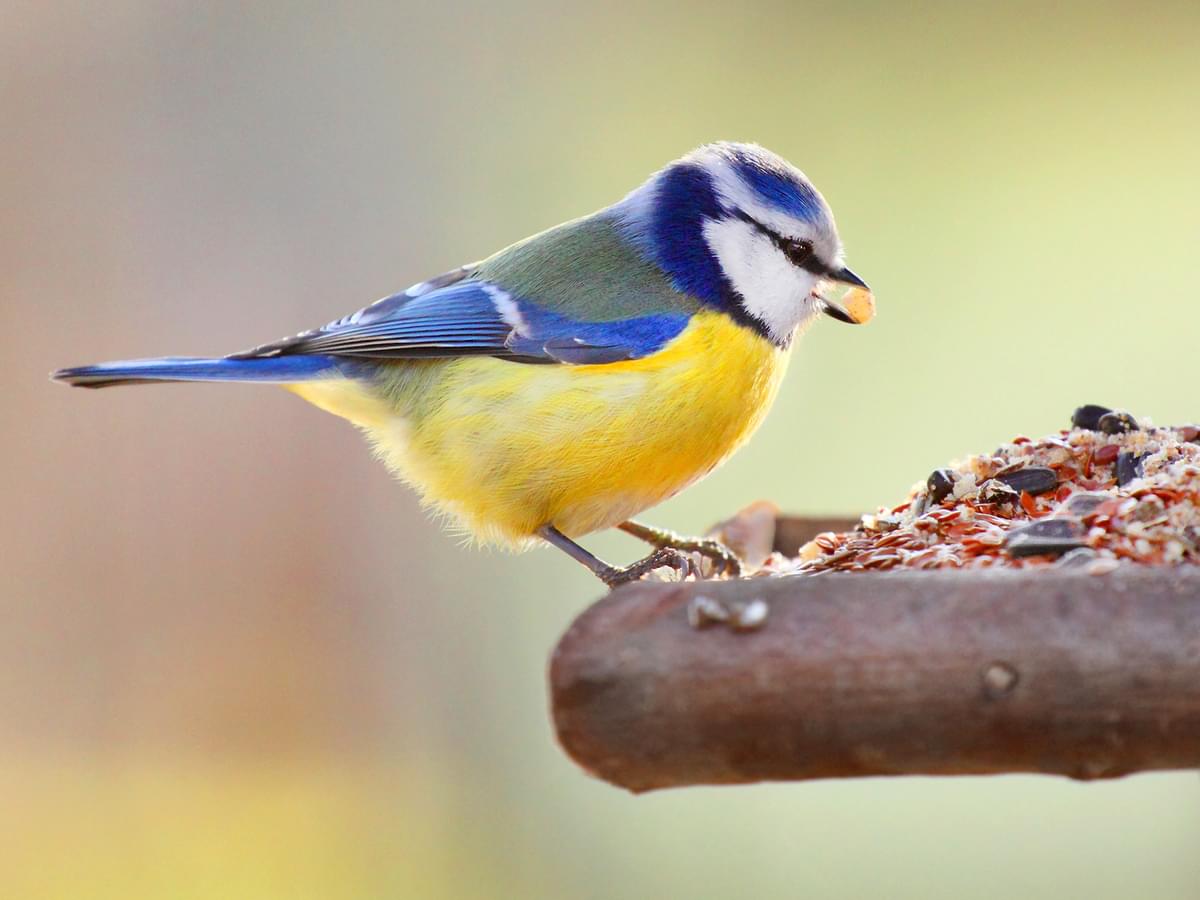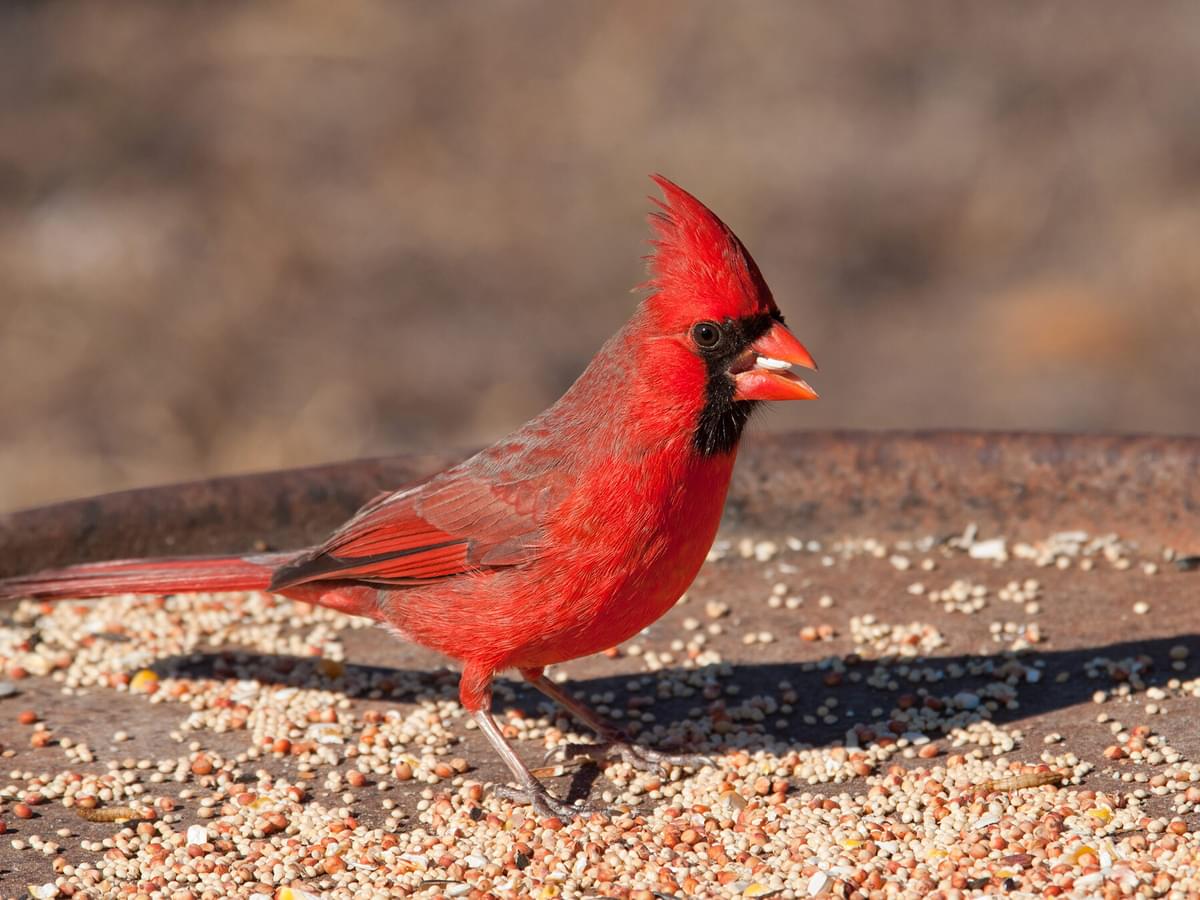Urban Birds
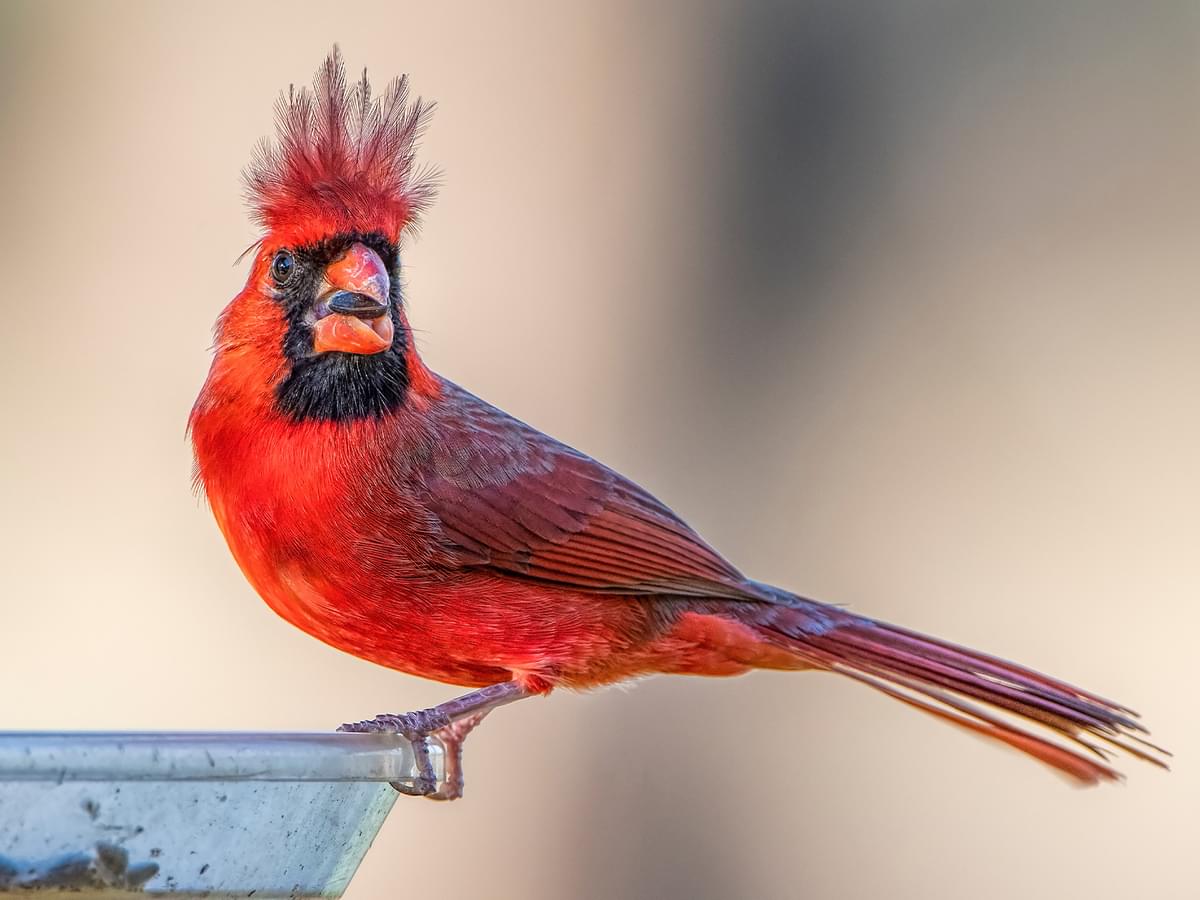
To keep up with the growing human population and the increasing requirements for housing and industry, large areas of countryside have been lost to development, and with it, significant areas of natural habitat for birds, mammals, and other wildlife.
Over recent decades, what were traditionally rural species have needed to adapt to city life. We’ll be taking a look at how birds have learned to live and thrive alongside humans, so read to learn more.
Feathers Amidst Concrete
Each year, nearly 1 million acres of land are converted to urban use in the US, and with habitat being lost to development the world over, many bird species have had two choices – move elsewhere in search of unspoiled feeding and breeding habitats, competing with other displaced birds in the same situation, or find ways of adapting to the changing landscape and attempting to survive in closer proximity to human life and in built-up areas.
Many species have risen to the challenge, and are so at home in our cities and towns that it’s hard to imagine a city center without pigeons or an urban park or backyard without sparrows or starlings foraging for food nearby. Sociable birds can thrive in busier settings, and those with less rigid nesting requirements and broader diets fare well and adapt more quickly and positively.
Studying urban birds helps us to understand the evolutionary processes that develop as birds adapt to different environments, and become able to survive in new habitats, perhaps altering their diet and nesting choices in the process.
Not all bird species have successfully made the transition, and while Sparrows, Northern Cardinals, American Robins, European Starlings, and Pigeons thrive in residential areas, the habitat needs of other species, such as Waders are not met by this environment.

The American Robin (pictured) thrives in residential areas
Urban Birds and Adaptation
Cities take up 3 percent of the Earth’s land cover but are home to more than half of the world’s human population. Around 20 percent of the world’s bird species are found in urban settlements, with Sparrows, Pigeons, and Starlings notable among the birds that are best adapted to city life.
Read on to learn more about the different characteristics that may make a bird more able to navigate city living in comparison to some of their countryside-dwelling counterparts.
City Slickers of the Avian World
Certain birds cope better than others with the pressures of life in fast-paced, busy locations, taking advantage of the availability of human-related feeding opportunities and seeing buildings, window ledges, chimneys, and rooftops as potential nesting sites rather than dangerous hazards or obstructions.
Sparrows are a familiar sight the world over, taking advantage of nesting sites in buildings, under rooftops, and gutters.
Crows, Magpies, and other corvids thrive in urban environments, relying on their natural intelligence and problem-solving skills to find food in busy town centers.
Seagulls are notorious scavengers, not only in coastal regions, surviving on scraps and nesting on rooftops in built-up areas. Similarly, Pigeons are able to breed anywhere and have no fear of humans, meaning they can find food by closely associating with people and taking advantage of scraps or leftovers.
Even Canada Geese are becoming an increasingly common sight in urban and suburban areas, arriving at city lakes and parks during winter, where they have learned that food is readily available due to the presence of humans.
Research suggests that a number of traits are beneficial when it comes to survival in urban areas, including physical, behavioral, and dietary elements.

Canada Geese are becoming an increasingly common sight in urban and suburban areas
A smaller body size, lack of territorial behavior, and varied diet are three key characteristics of many birds that do well in urban habitats, with less competition from rival birds accessing the same resources and the ability to eat a range of foods rather than being limited to one particular type, that may not be readily available all year round in a city or suburban setting. Small body size allows a bird to navigate hazards and remain undetected, opening up a larger number of nesting possibilities and potential feeding sites.
Birds that lay larger clutches also tend to fare well in cities, with a higher chance of some offspring surviving to maturity - or perhaps this has evolved in response to guarantee the continuation of the species when faced with the associated hazards of living in a city, such as human disruption, building collisions and predation risks from domestic cats.
House Sparrows can raise up to four broods in a single season, with as many as eight eggs at a time classed as normal. With this productivity rate, it’s unsurprising that some cities seem to be overrun with the species.

Pictured: House Sparrow with his young. A smaller body size, lack of territorial behavior, and varied diet are three key characteristics of many birds that do well in urban habitats
Common Urban Bird Species
A 2014 survey found that Rock Pigeons, House Sparrows, and European Starlings were present in more than 80 percent of the world’s cities. Barn Swallows were also well-established residents in most settlements around the world.
Their ability to survive, thrive and, in some cases, colonize these areas has led to population booms, while other species that have been less readily able to adapt to living among humans have shown an opposite trend.
Read on to learn more about the most common city-dwelling bird species.
Residents of the Concrete Jungle
Among the world’s most widespread city-dwelling birds are House Sparrows, Starlings, Barn Swallows, and Pigeons.
In the US, American Robins, Northern Cardinals, Song Sparrows, and Gray Catbirds are well-known survivalists in urban areas, thriving around human life and a common site in suburban and residential areas. Northern Mockingbirds can be heard throughout urban settings, and Magpies and Blue Jays also do well in areas where buildings outnumber green spaces.
In the UK, House Sparrows, Starlings, and Blackbirds are among common visitors to back gardens in towns and cities, while Woodpigeons, Blue Tits, and Robins are also frequently spotted in urban gardens and parks. Crows, Magpies, Jackdaws, and Gulls are also widely spotted in residential areas, feeding opportunistically on leftover food scraps.
Diet is the key to survival in a city environment, with less specialized feeders thriving more readily than those with narrower dietary needs. Birds that are less picky eaters will always find something to eat with humans nearby, including household scraps, a variety of bird table fare, and food crumbs dropped on streets or near waste bins.
A lack of fear of being close to humans is also a major requirement, with the bolder birds such as Gulls, Crows, and Robins less easily startled and more tolerant of their human companions than species that scare or flush from their nest at even the quietest approach of footsteps.
Adaptability when choosing a nest site is a significant factor, with birds that are able to make use of artificial structures when nesting, including Starlings, Jackdaws, Pigeons, and Gulls, are more likely to raise young successfully than birds that naturally nest at ground level.

The Barn Swallow (pictured) is a well-established resident in most settlements around the world
Exotic and Invasive Species
Large flocks of noisy parakeets are becoming commonplace in urban settlements across the US and in the UK. These non-native species are likely to have originally been captive birds that either escaped from aviaries or were released into the wild for some reason.
Rapidly growing populations have colonized many urban parks, where the flocks noisily strip seeds from trees, dominating local native species and forcing them to forage elsewhere.
Across the southern states of Florida, Texas, Arizona, and California, Green Parakeets and Monk Parakeets are widespread, making long foraging flights in search of berries, fruit, seeds, and scraps left by humans.
Similarly in the UK, London’s parks have a notable population of bright Green Ring-necked Parakeets, believed to have originated from a private collection, and first noted in the wild in the 1970s in the south London regions of Kew and Richmond, there are now tens of thousands living across the entire capital and further afield into Kent, Surrey, Essex, and Hertfordshire.
The increasing presence of invasive bird species in our cities and towns does have drawbacks, as they often show dominant behavior over smaller, less gregarious native birds, and compete aggressively for limited nesting cavities, often displacing Woodpeckers and Nuthatches in the process.

Pictured: Monk Parakeet. Large flocks of noisy parakeets are becoming commonplace in urban settlements across the US
Challenges Faced by Urban Birds
Towns and cities pose numerous challenges and hazards to avian residents, including obstructions from manmade structures, a lack of suitable nesting sites, and an abundance of unnatural, human-sourced foods.
Many bird species have been forced to adapt to these surroundings, straying from their traditionally preferred diet and habitats. Read on to learn more about the challenges faced by bird species living in human-dominant neighborhoods.
The Urban Struggle
While there are many benefits of living alongside humans, there are also a number of issues that can make city life particularly challenging to bird life, leading to population declines or nest failures.
Air pollution from vehicles and buildings can contribute to poor air quality, which can cause respiratory issues in birds. Toxic gases and vehicle emissions in the busiest city centers are detrimental to birds’ health, and litter and plastic pollution created by humans on land and in waterways are also a major cause for concern when accidentally eaten or used in nesting due to the risk of entanglement and absorption of unnatural chemicals.
Light pollution from artificial light sources, such as buildings and traffic, can disrupt the natural rhythms of a bird’s daily life, which may, in turn, lead to interrupted nesting patterns and the inability to successfully breed or migrate. Similarly, noise pollution may prevent birds from feeling safe and secure enough to breed or to be heard when searching for a mate above the constant noise from road vehicles.
Despite many backyards offering potentially suitable nesting and foraging spots, the presence of busy and noisy humans and their cars/pets nearby may also take its toll on bird pairs who may fail to successfully establish a nest or incubate eggs due to the stress of being regularly disturbed and being in a constant state of high alert.

Pictured: An Eurasian Coot sitting on a nest made out of human trash and litter
Urban Birds and Humans
The value of urban wildlife to humans is the topic of much recent study, and feeling connected to nature is widely believed to play a significant role in personal well-being and mental health.
Read on to learn more about current research theories about how interactions between humans and their feathered neighbors can be mutually beneficial.
The Interactions and Coexistence
Many people enjoy attracting birds to their backyard or garden by offering a variety of seeds, nuts, or scraps. Listening to birdsong on an early morning walk or the calming experience of watching ducks, geese, or swans glide effortlessly across a lake are both relatively simple pleasures in life.
In the United States, around 47 million people call themselves birdwatchers, UK, around 6 million people are said to regularly enjoy the hobby.
Not only a popular pastime, with the well-documented advantages of spending time outdoors in the fresh air, exposure to birds and other aspects of nature can also have a positive effect on a person’s mental health.
Research undertaken by three UK Universities explores the relationships between the biodiversity of towns and cities and human well-being. Findings show that residents of neighborhoods with a high number of birds suffer less from depression and stress.

The Common Blackbird (pictured) is regularly heard singing in gardens and parks
Conservation of Urban Birds
Birds that have evolved to live alongside humans in towns, suburbs, and cities may need a helping hand to improve their chances of survival and quality of life if development continues to progress at a rapid pace.
If habitat loss continues, even the most resilient species may find themselves competing for very limited resources or nesting sites.
Town planners and policymakers may need to step in to ensure the needs of our city-dwelling avians are also being taken into consideration when building works are underway. Keep reading to find out more.
Protecting Our Feathered Neighbors
Our natural resources are not infinite, and as urban sprawl continues, a potential casualty could well be the birds that have learned to live alongside humans, nesting on rooftops, garden sheds, and any suitable patches of woodland or hedgerows they can find. If foraging grounds and nesting sites continue to be concreted over, finding enough to eat or a suitable place to raise young becomes a very real concern.
Humans need to be mindful of urban wildlife and how the impact of construction, development, traffic, and home improvements can affect not only the presence of neighborhood birds but also their ability to breed successfully to ensure the future survival of their species.
Providing suitably mounted nest boxes and appropriate feed in backyards is one simple way for individuals to support birds in residential areas. By offering access to food resources, fresh water, and safe, undisturbed nesting sites, we can help to compensate in part for any losses of natural resources in our local areas.
Urban planning considerations can in part mitigate any losses to natural habitats, implementing wildlife-friendly and sustainable design methods, giving thought to common risk factors such as window collisions, and the construction of tall buildings on migration flight paths.
In the UK, discussions have been held at government level to introduce legislation meaning developers have to incorporate purpose-built swift nesting blocks into their housing plans when building new properties in urban areas to help provide enough suitable nesting sites for these long-distance summer migrants.
Laws exist that prohibit substantial pruning of trees and mature hedgerows when birds are nesting, and it’s illegal to disturb birds that are incubating eggs or raising young without a license from the UK government’s Department of Rural Affairs.
Light trimming is allowed, and although the same protection does not extend to garden hedgerows, it is always advised for householders to avoid hedge cutting during the nesting season, from March until August each year.

Pictured: A Black-capped Chickadee. Providing suitably mounted nest boxes and appropriate feed in backyards is one simple way for individuals to support birds in residential areas
Summary
By adapting to the challenges of life in a built-up city, some bird species have been able to thrive, opening up a wider choice of nesting and foraging opportunities and benefiting from living alongside human company. Not all bird species fare so well, with unsuitable nesting sites or specialized diets a barrier to successfully transitioning from a traditionally rural habitat.
However, for species that are adaptable and can exploit a range of available food resources and can successfully raise young in artificial nest boxes, or using artificial structures such as manmade buildings, rooftops or chimneys, city life brings more benefits than challenges.
Living alongside humans is not without its pitfalls, including noise, light and air pollution, and the risks posed by buildings, traffic, power cables and general (and often unintentional) disruption caused by humans nearby.
By showing mindful respect for birds in our communities and how we can ensure they live as risk- and stress-free lives as possible, there is every chance that we’ll be able to continue to enjoy listening to birdsong and welcoming hungry visitors to our backyard feeders for generations to come.

